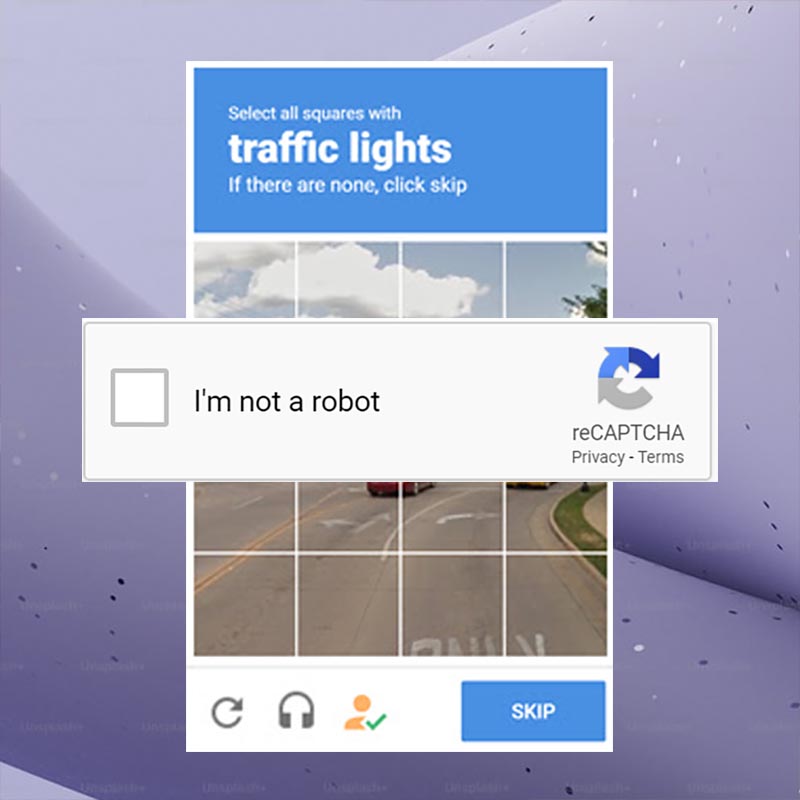
By: Sebastian A.
Year: 2023
School: Northwood High
Grade: 9
Science Teacher: Cathleen Zelesky
In an increasingly digital world, it is crucial to ensure that everyone, including individuals with disabilities, can access and utilize digital tools, technologies, and websites seamlessly. However, conventional CAPTCHA systems, designed to differentiate between humans and spam bots, often pose challenges for users with disabilities. Sebastian, a talented innovator, took up this challenge as part of his OCSEF project. His goal was to evaluate existing CAPTCHA technologies, such as reCAPTCHA V3, and develop new algorithms that prioritize accessibility for all users.
For individuals with visual impairments, accessing the internet can be particularly difficult when faced with CAPTCHA challenges. Screen readers, the primary means of navigating digital content, struggle to interpret image-based CAPTCHAs, and audio-based alternatives can also prove challenging. While solutions like Google’s reCAPTCHA have made strides in accessibility, they often rely on inspecting users’ browsing history, potentially invading their privacy. Sebastian aimed to develop a solution that would be accessible while respecting user privacy.
Sebastian’s innovative approach focused on building a system that assesses the humanness of users based on their interactions with a website. Rather than subjecting users to a traditional CAPTCHA test, the system employs a five-layer protection mechanism to differentiate between humans and bots. It only resorts to a CAPTCHA challenge when the confidence score in determining humanness is low. Once a user successfully solves the CAPTCHA, a session cookie is stored, eliminating the need for further bot checks during subsequent visits to the site.
To evaluate his solution, Sebastian conducted extensive testing involving five trials, each consisting of 600 runs. These trials included 100 runs from regular users, 100 runs from users with disabilities, and 100 runs for each of the five different bot types. Through this rigorous testing process, Sebastian sought to measure the accuracy and effectiveness of his solution.
Sebastian’s solution demonstrated an impressive 95% accuracy rate in identifying bots. The success rate was found to correlate directly with the sophistication of the bot, with rudimentary bots exhibiting the highest identification rate. Modern, more advanced bots posed a greater challenge, resulting in a 92% identification rate. Notably, 97% of users with screen readers were identified as humans, eliminating the need for CAPTCHA input. Only 3% of users with screen readers encountered audio-based CAPTCHAs. Sebastian’s solution successfully fulfilled both the accessibility requirements and privacy constraints, providing a secure and inclusive user experience.
